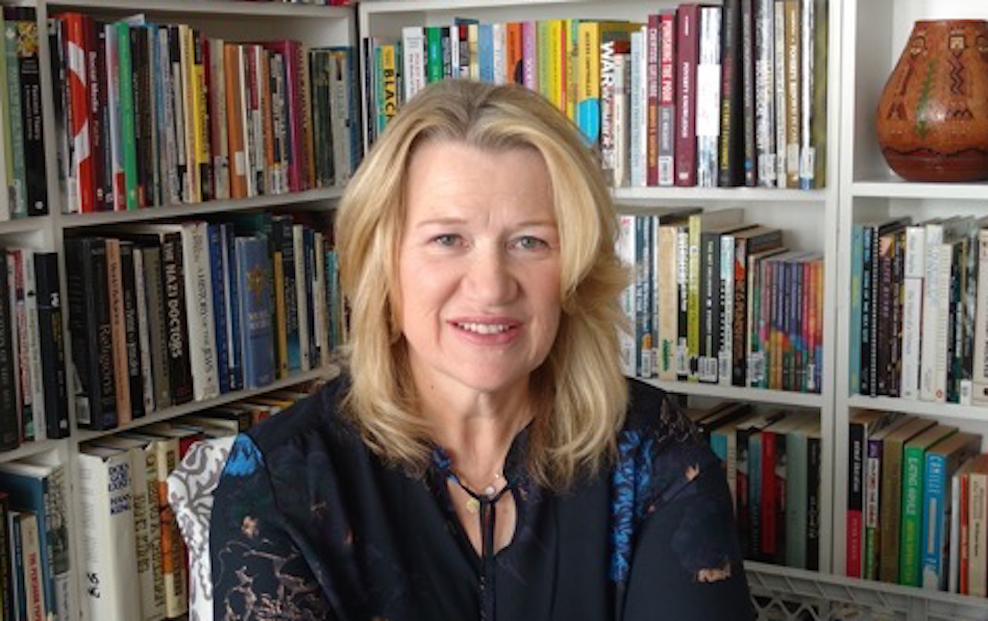Federal Government Plan Leaves Million Plus Children Behind: Why is the Media Celebrating This?

When the federal government announced that the new Child Care Benefit (CCB) program will help lift 315,000 children out of poverty, I instantly wondered about the remaining million plus children left behind. After all, if the government knew going in that we currently have almost a million and a half children living in poverty in Canada today, what’s with all of the self-congratulatory celebrating and bragging about rescuing less than half of them? What about the vast majority still left behind?
Of course helping 315,000 children is better than helping, well, no children at all. But does helping that many somehow excuse us from worrying about and focusing our attention on a more aggressive plan to help the rest of the children still living in poverty? In fact, what’s with coming up with a program that helps so relatively few in a country as rich as Canada, anyway? Instead of bragging about the 315,000 ‘rescued,’ shouldn’t we be immediately now focused on how we intend to deal with the million plus still going to bed hungry? Still struggling with all of the incredibly negative effects of living in poverty? Research indicates that childhood poverty is linked to a much greater risk of experiencing developmental delays, poor academic achievement, dropping out of school and lack of equal access to health care.
In fact, child poverty in Canada is as much as five times higher than those countries that have made it a priority to eliminate it. A closer look at the government’s claim to raise over 300,000 children out of poverty with the new Child Care Benefit, however, reveals that it doesn’t include a prohibition against clawing back these additional funds. In other words, any province that decides to claw back this new additional income from those living on social assistance can easily do so. Ontario has promised it won’t be lowering benefits to those families on social assistance, but those receiving Ottawa’s new national child benefit could still face claw backs, depending on which province or territory they live in.
Since the federal government decided not to prohibit lowering welfare payments to those families who will benefit financially from the new child care tax benefit – choosing instead to simply express a sincere hope that that doesn’t happen – this could end up effectively punishing those children who live in families which rely on welfare if any province or territory decides to claw back an equal amount from those on social assistance.
This story is a perfect example of a problem that has been exacerbated by online news: with many websites and blogs increasingly focused on creating content that’s designed to be ‘shareable’ through social media, many news stories are reduced to bare minimum facts, are accompanied with misleading headlines, or circulate a prevailing sentiment that lends itself to being replicated across social media.
In this case, a brief news snippet that portrays positive government action on child poverty is being widely shared, yet this narrative strips away important context that directly contradicts what’s really happening. For example, 40% of Indigenous children in Canada live in poverty, and 60% of Indigenous children on reserves live in poverty. There’s also a lack of critical engagement with the story by mainstream media as most reports simply focus on all of the potential ‘positives’ of the government’s action, but there is a lack of consideration or mention in Canada’s national newspapers about the government’s decision NOT to officially prohibit claw backs, instead, mentioning the government’s plan to only ‘encourage’ provinces not to claw back money from families on welfare. Mainstream media has also failed to question or highlight the lack of any official federal plan to tackle poverty reduction for the rest of the million-plus children still living in poverty in Canada right now.
So what’s next? How do we intend to lift the rest of Canadians, including seniors, vulnerable groups such as people living with disabilities and radicalized communities, and the working poor, out of poverty?
Author

Kathy Dobson
- Senior Research Fellow